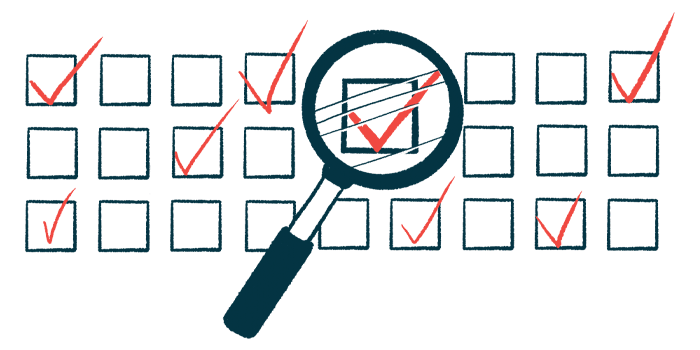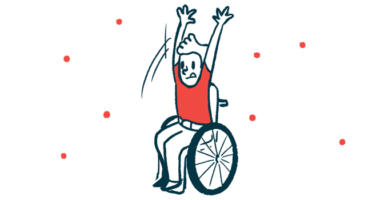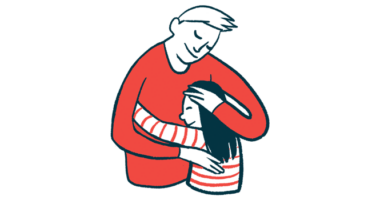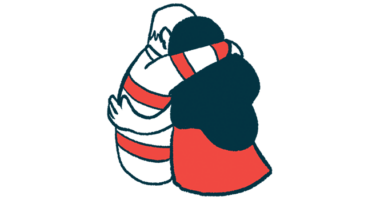Caregivers Need Information About Help With Future Care, Study Finds

Caregivers of children with spinal muscular atrophy (SMA) said they need information about institutions that may benefit their child in the future, a questionnaire-based study suggested.
Although caregivers’ burden was not directly related to income or disease type, increased burden was disease-related, the scientists said.
The study, “The Burden of Primary Caregivers of Spinal Muscular Atrophy Patients and Their Needs,” was published in the Turkish Archive of Pediatrics.
In SMA, progressive muscle weakness and poor muscle tone and control impair motor development and future mobility. Problems with breathing, feeding, swallowing, and scoliosis (a sideways curvature of the spine) are also common in both children and adults with SMA. As a result, patients may need braces or wheelchairs, as well as breathing and feeding support.
Because children with SMA have significant disabilities, the burden placed on families who care for SMA patients is considerable. Studies suggest the physical and emotional health of the SMA parents is worse than those with healthy children and requires constant psychological and social support.
To understand the burdens of SMA caregivers better, researchers based at the Istanbul Medeniyet University School of Health Sciences in Turkey asked parents of 34 children with SMA, up to 18 years old, to complete questionnaires focusing on family needs.
Among the patients (25 males and nine females), 13 were diagnosed with SMA type 1, 13 with SMA type 2, and eight had SMA type 3.
Questionnaire respondents included 22 mothers (ages 20 to 50), 11 fathers ages (25 to 58), and one grandmother. All parents were married, and 14.7% of mothers were working.
The Family Needs Assessment Tool (FNAT) was applied to measure caregiver requirements, with scores ranging from 29 to 87. A higher score indicated increased need. The Zarit Caregiver Burden Scale (CBS) was used to assess caregiver burden, with scores between 0 and 88. Again, higher scores reflected more burden.
“There is no study in the literature which details the FNAT as it was used in our study, in patients with SMA,” the team wrote.
According to the FNAT findings, the need for information was most prominent. In particular, 97.1% said they required information about institutions the SMA child may benefit from in the future, and 82.4% wanted information that would benefit them now.
Information about the child’s situation (73.5%), information about children’s growth and development (74.7%), and reading materials such as books and articles about parents who have SMA children (73.5%) also ranked high.
The need for information was not associated with the education level of the mother or father, which may be “explained by the lack of knowledge about the disease, which is not related to the level of education,” or “that every individual concerned is anxious to learn about the illness, and this is common regardless of their level of education,” the researchers wrote. As income increased, the need for information decreased.
In the general support and social service category, 50% selected the need to talk with someone about family problems, followed by needing help finding a preschool or kindergarten for their child (41.2%).
Regarding the home environment, learning to support each other during difficult times ranked the highest (47.1%); later came the need to talk to religious officials to find solutions to problems (38.2%) and help to explain the child’s situation to siblings (32.4%).
Under the heading of finances, help with special tools featured prominently (70.6%), as did finances to cover therapy, special education, and care costs. Consistently, as total income increased, financial need decreased.
Based on the CBS questionnaire, 22 caregivers said their burden load was light to medium, nine people reported a medium to a high burden, two with little or no load and one person under overload.
The total CBS burden scores correlated with the total FNAT need scores. In subcategories, there was a correlation between CBS caregiver burden and the need for information in FNAT, weak correlations with support and social service,and home environment scores. The team found no relationship between burden and financial needs.
No significant differences were seen between SMA type and total CBS and FNAT scores and FNAT subcategory scores, which was “due to the difference in diagnosis and age of onset of the diseases,” the researchers added.
Among those with SMA type 1 children, the need for information decreased as the age and number of siblings increased. As the need for general support and social service increased, the requirements in the home environment increased. Researchers found the home environment to be more difficult for boys. In addition, the need for information about institutions that may benefit the child in the future was prominent (92.3%) with these parents.
In SMA type 2, as age increased, total CBS burden scores decreased, while as total income increased, information and financial needs decreased. There were more financial needs for girls of this type. Moreover, the presence of another disabled child affected total FNAT total scores and all subcategories except financial needs.
Data showed a strong association between CBS total score and FNAT total score, as well as the need for information and a moderate correlation with all other subscores. All respondents said they needed more information about the institutions that may benefit their child in the future.
As the number of siblings increased in the SMA type 3 group, their material needs were greater. There was a strong relationship between total CBS and FNAT scores and the need for general support and social services.
The most prominent needs reported by all of these caregivers were regarding the child’s situation, institutions the child may benefit from in the future, the need for reading material about parents with SMA children, and financial assistance to meet the costs of therapy, special education, and care.
“In conclusion, our study showed that the increased needs of families of SMA patients, especially concerning their income level, changed, but the caregiver burden was not related to income level,” the researchers wrote. “It was observed that the needs of the children with SMA in the family, especially due to disease-related reasons, affect the caregiver burden.”
“Families’ need for information should also be prioritized within the rehabilitation program,” they added.









